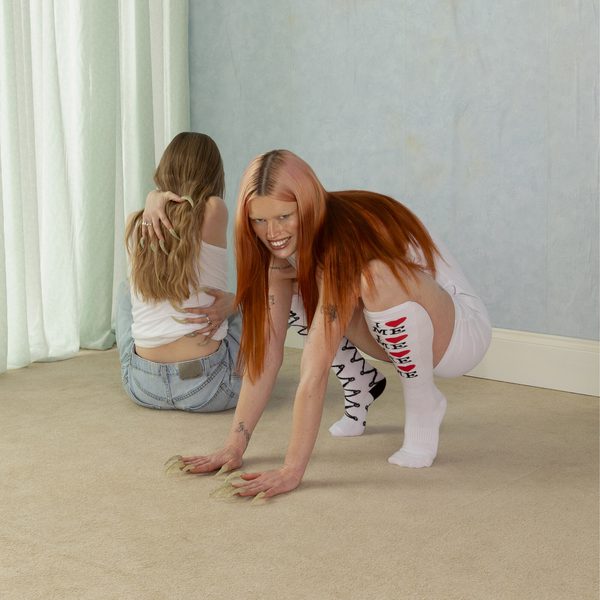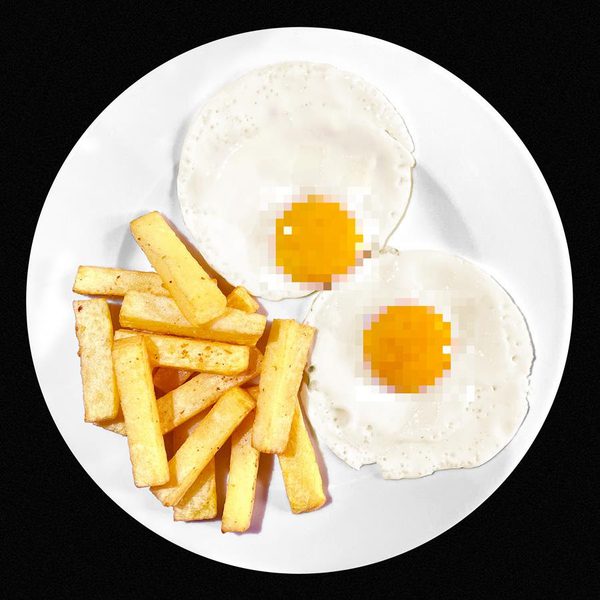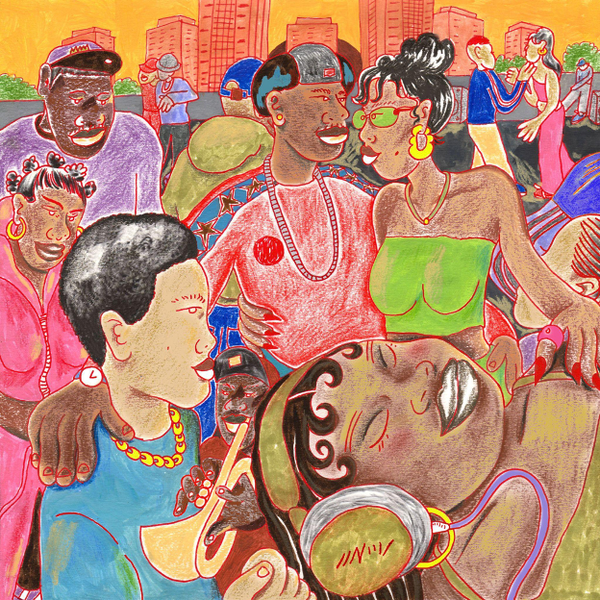
Learning light in photography
White Lies bassist Charles Cave extols the virtues of learning how to best use light in photography
About six months ago, after a spell of taking only bad analogue photographs, I decided to learn light.
A photo can be thought of as painting made with one decisive broad stoke: the release of a camera’s shutter. Your medium is light – though when the source of that light is natural you’d often be hard-pushed to bend it to your awe, and move it around your ‘canvas’ in the way one can with paint. I had been looking through a viewfinder as if my medium was the things I saw within that rectangle. I was missing a vital reality, that those things belonged primarily to light and only light could loan them to my camera. If I wanted to capture them, it was light that I must negotiate with, not the person, the tree, nor the building.
 In-text photographs by Charles Cave
In-text photographs by Charles Cave
A camera like the one I now use, made in the '50s, is beautiful in its simplicity yet is of no use to anyone merely wanting something romantically vintage looking to fashionably weight their neck with. You have only two mechanical considerations to make (aside from focus, and focal length of lens). Those considerations are all related to the presence of light. Most people reading this will know that the aperture is the size of the hole through which you allow light to hit the emulsion of your film, and the shutter speed is the length of time that hole is open for. Both these values will be dependent on the speed of the film you are using. Let’s not worry about that for now. In order to set both these values on the camera, it requires the photographer to make a considered assessment of the light available in the scene that they wish to capture. This kind of camera won’t do that for them.
Early on in my quest to begin mastering this intuitive measuring of light, I found myself on a web page dedicated to something called The Zone System. Anyone would be forgiven for thinking I was reading up on a '70s sci-fi novel. For something I have now found to be quite beautiful, The Zone System does not initially ooze sex. I like to think of it as ‘Finding Grey’. Or is that a pop-erotic novel that has passed me by? The Zone System is a method, devised by black-and-white landscape giant Ansel Adams, of evaluating the various presences of light in all areas within your viewfinder, and reacting to that presence.
I’ll try to illustrate how it can be used, and why this has transformed more than just the way I take photographs.
Let’s take a familiar scene: The Last Supper. Di Vinci. You’re already seeing it: a table with white cloth, laid with a few bent plates, cups, hunks of bread. Then you have the disciples and the big man himself in their muted robes. Behind them, three windows spilling in some ominously holy daylight. Beautiful afternoon for a nosh with the lads. Now, if you can, make this black and white, and thus full of varying shades of grey. It’s these greys that are so important. The Zone System helps you to establish how your greys will be weighted, what will be rendered a middle-grey, and thus what will be very white, and very black, and all shades in between.

So you’re standing in front of this scene with your camera. Employing The Zone System (TZS) now asks you to decide, 'What is the darkest part of the scene that I still want to capture details within?' The texture of the near-black walls either side of the hall? Probably not important. Can’t we just take the photo? Then you find yourself looking under the table. Naturally in shadow, you notice twenty-something sandalled feet lurking. Has Judas got his toes curled? Why so tense? Wouldn't it be nice to make sure these murky feet are exposed in your photograph? So you either take a reading with a light-meter of those feet or (in the case of myself) you hope to have enough experience reading light to know more or less what that reading will be. TZS explains that this reading you make will result in ‘middle grey’. Done? Not quite. You’ve now got a reading that will render those shadow feet as a middle grey, i.e. as if under a middling amount of light. Of course you don’t want that, because that would result in things in your scene that are in middling light being rendered far too light a grey, and those windows behind the party blindingly bright. The final step is simple: you just go two down. Two what? Down where? Well, if your reading was aperture: f2.8, shutter speed: 1/30th of a second, you either make your aperture f5.6 (that’s -2 stops), or your speed 1/125th of a second (that’s, in camera world, -2 in terms of speed). Without this it's very likely that you will have captured the image considering only things in moderate light. Your diners faces and the brighter robes will be alright but their feet might be lost for all eternity.

Why is this of any importance to someone taking photos with a smartphone or someone who has no interest in taking photos at all? Well, working in this way has demanded that I look harder at the world around me. Taking a photo of a person where previously you may have just considered how resplendent their blonde hair looks in the sunshine, you suddenly find yourself considering their slightly shadowed fists buried in their lap, a pale mark around a finger where a ring might have been worn for years. You begin looking at the little patches of the world where light doesn't dwell so abundantly. And you realise that light does not determine the importance of those patches – just the effort you must make to discern their importance. To use a tired comparison; in music, we’d be talking about the gaps between the notes.
Nerdishly, I do walk out some mornings and think, 'Ah, a very f5.6, 1/60th kind of day today.' But more importantly, in those moments where my mind might otherwise drift to the pointless worries and fears that we all burden ourselves with, I now find it sharpened and focussed on what is here NOW. What is present, and what I can do with that present. How mindful of me. How fashionable.
Get the Best Fit take on the week in music direct to your inbox every Friday

Wet Leg
moisturizer

MF Tomlinson
Die To Wake Up From A Dream

BIG SPECIAL
National Average





